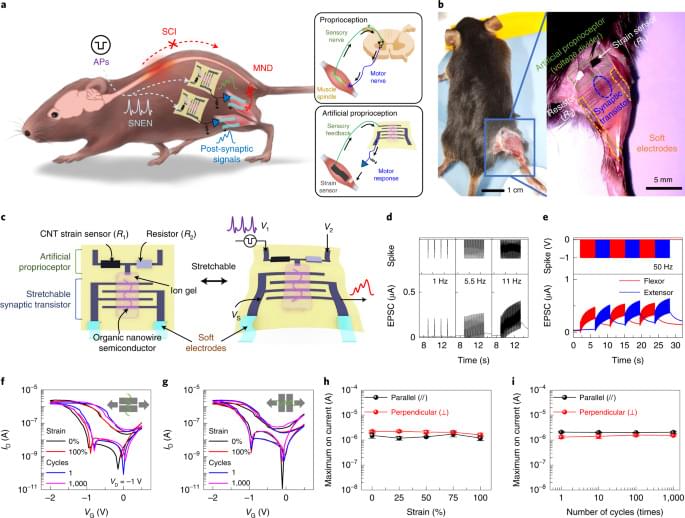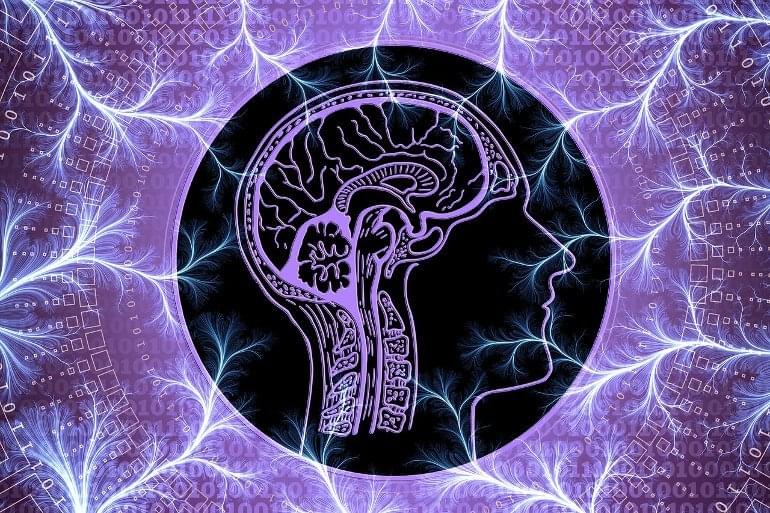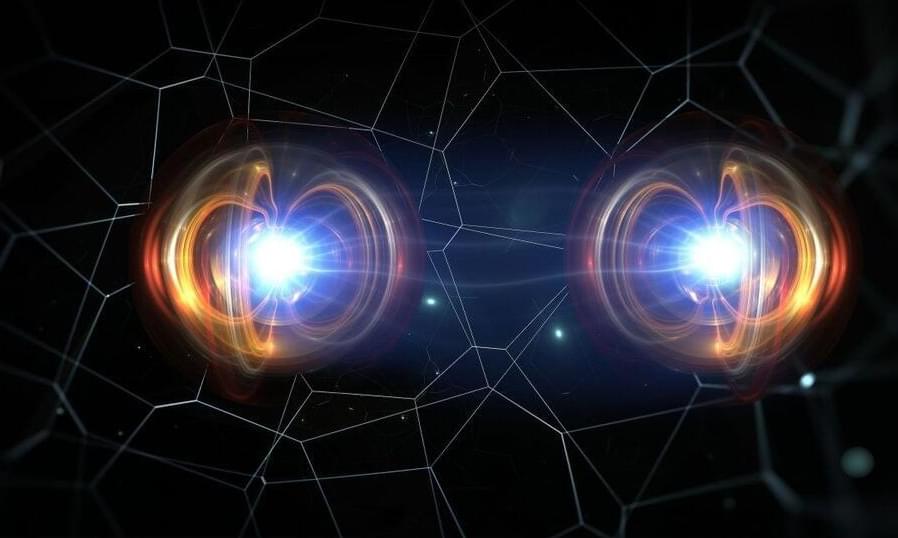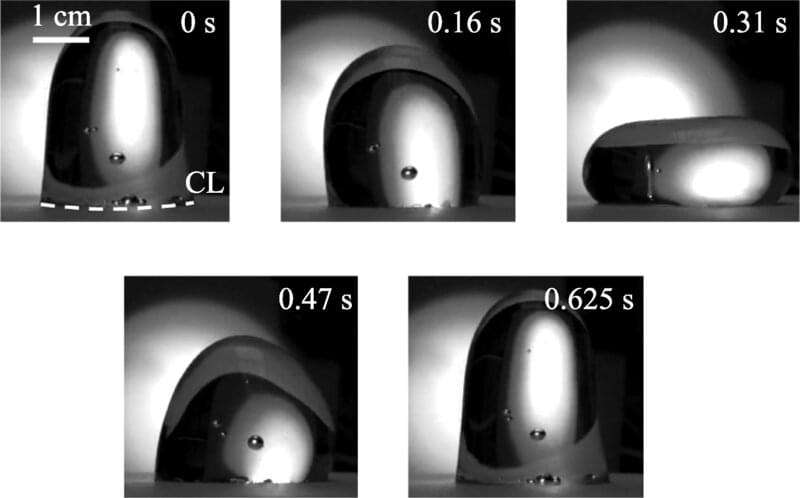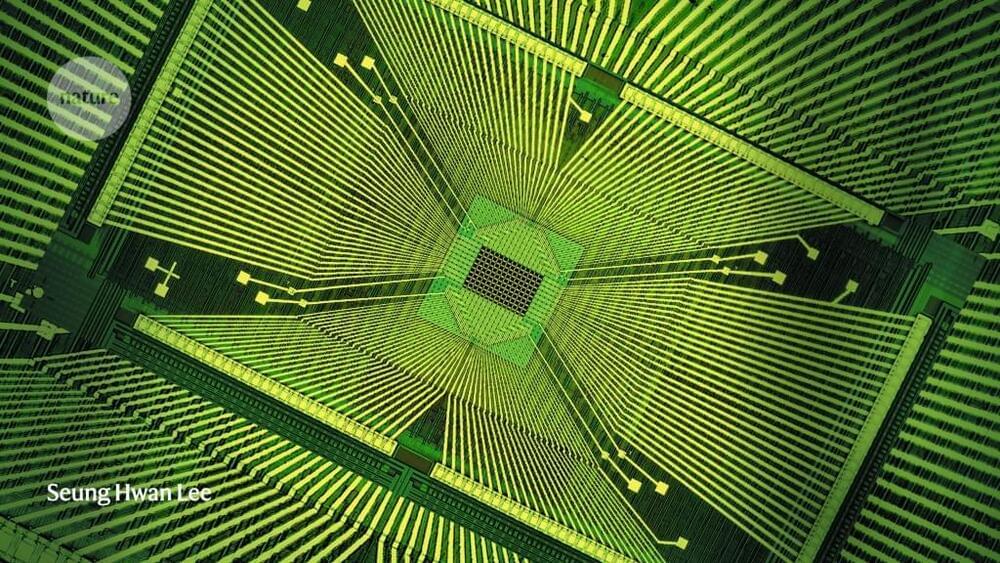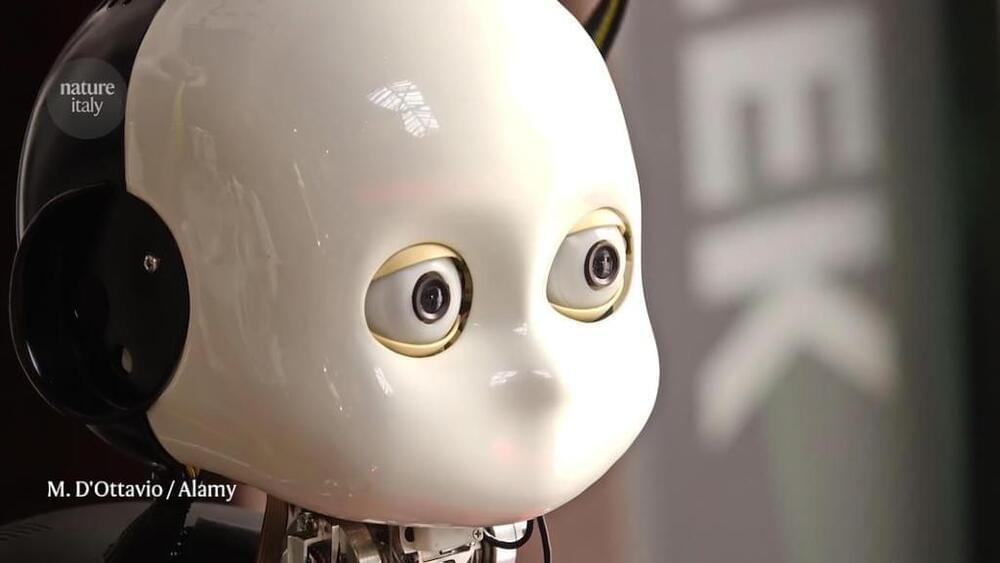
This same feature could also play a role in our ability to tell what is human, and what is not. Several experiments have shown that when humanoid robots exhibit human-like variability in response times or motion patterns, we perceive them as more human-like.
In a study published in Science Robotics1, researchers have observed this same effect when the human and the robot are performing a shared activity. “To evaluate the impact of behavioural variability in the attribution of humanness to a robot, in our experiment the robot was either teleoperated by another human or controlled by a computer”, says Agnieszka Wykowska, senior researcher at the Italian Institute of Technology (IIT) in Genoa, and the coordinator of the study.
The research has also shown that the effect applies even when the variability of the robot’s behaviour does not closely resemble the human one, if it falls in the same range. “Depending on the context and on the function that the robot needs to perform, roboticists can endow their machines with a different degree of humanness by modulating the variability of their behaviors,” Wykowska adds.
